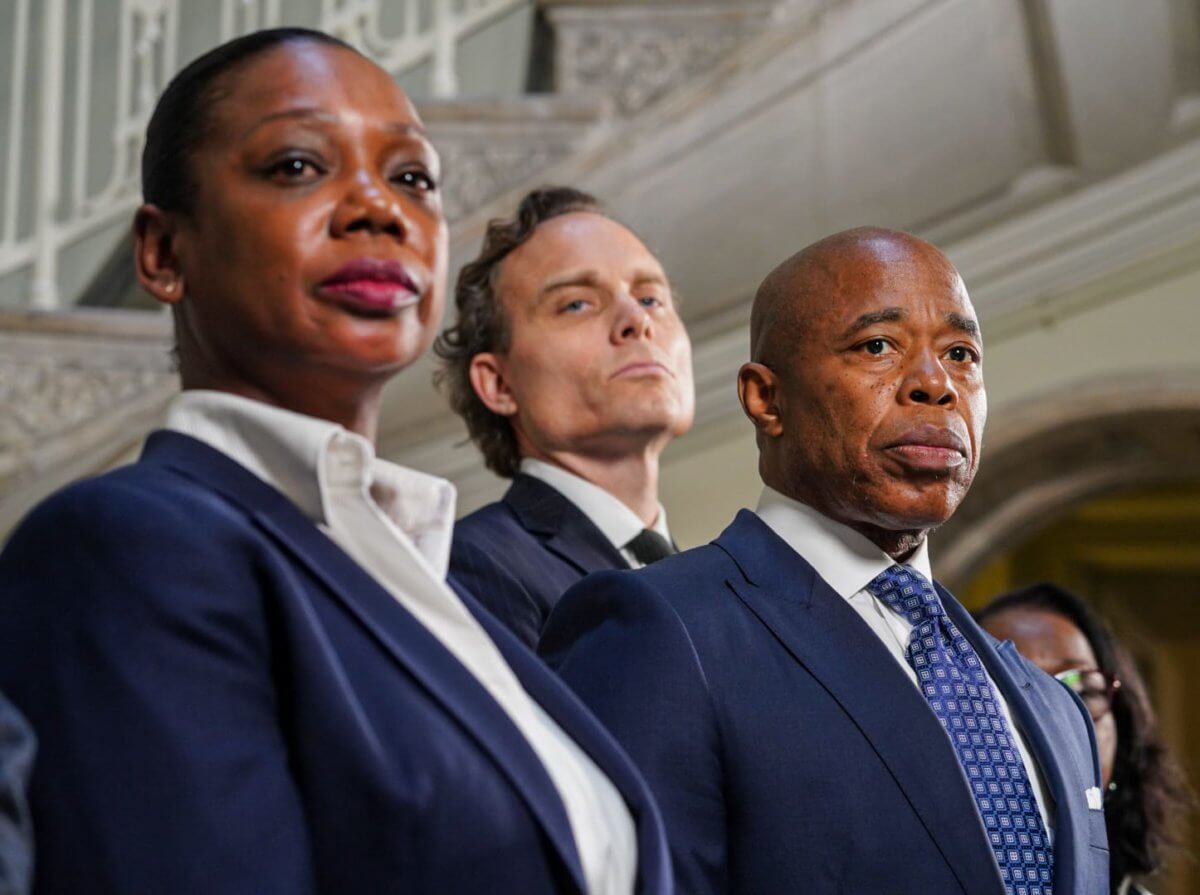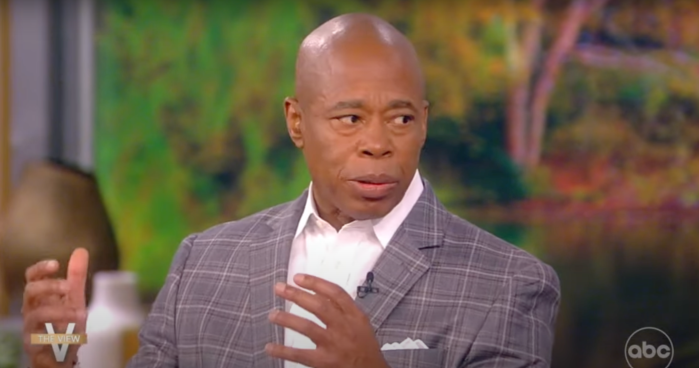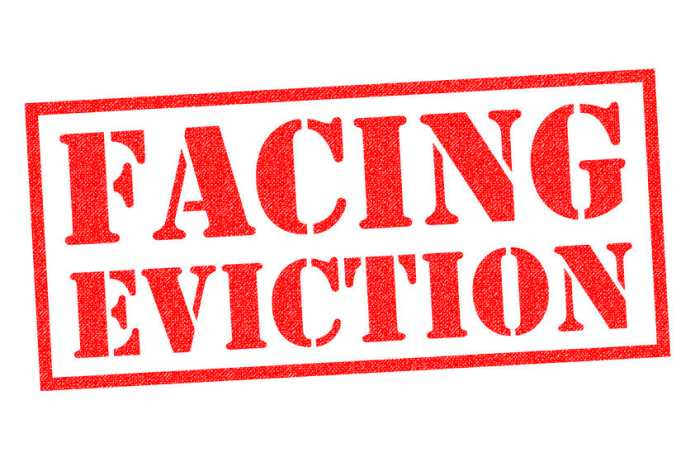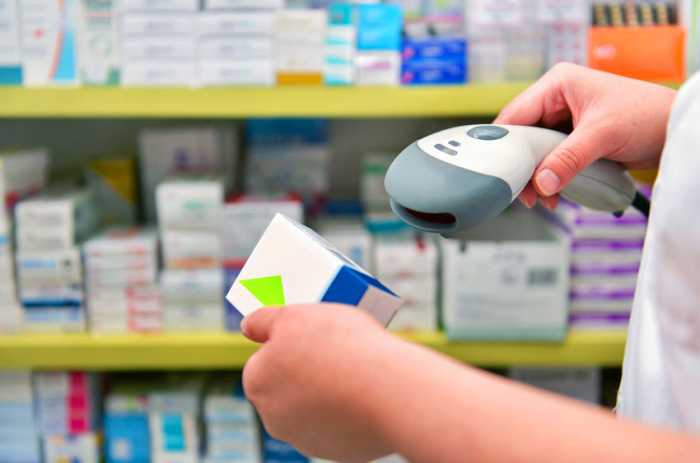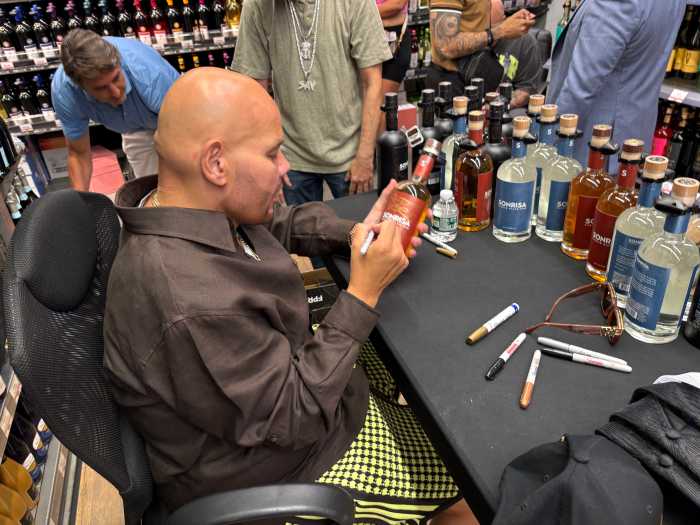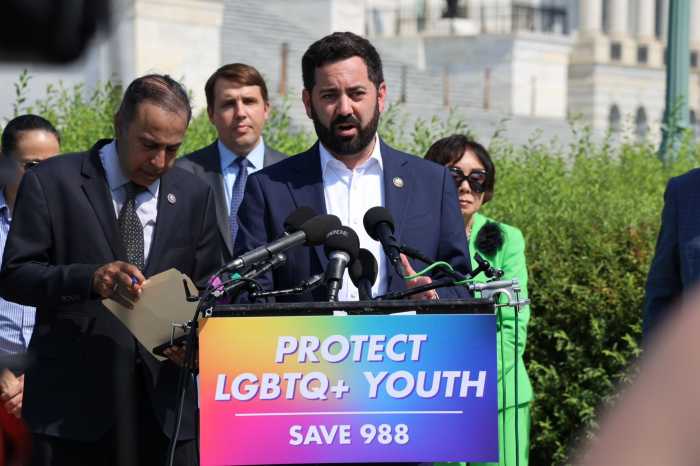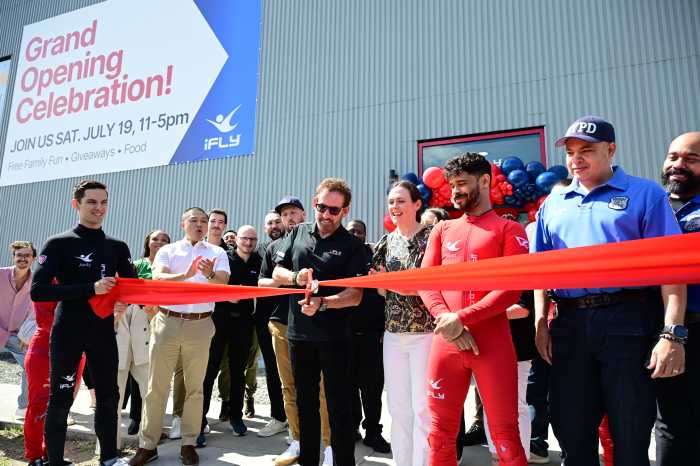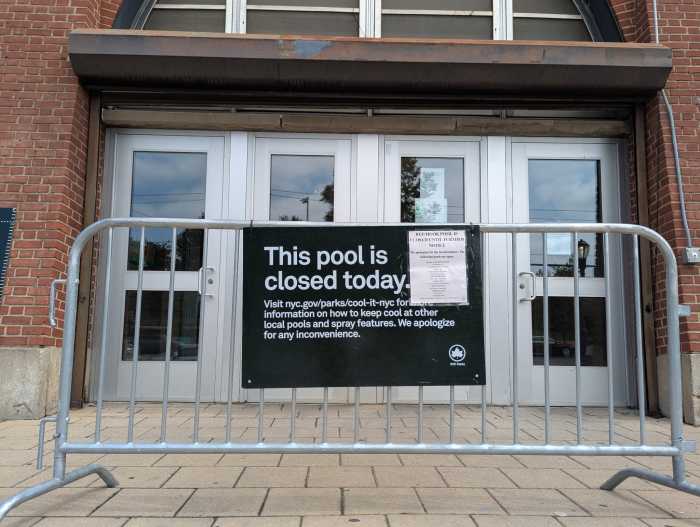Following last week’s U.S. Supreme Court decision striking down New York’s strict open-carry law, Mayor Eric Adams Monday said the city and state have to work together to come up with new definitions for “sensitive locations” where carrying guns would be restricted, while noting that the ruling will likely make the city less safe.
New York City needs to work in concert with Albany and other municipalities around the state when defining sensitive locations, Adams said, because not doing so could leave them open to more litigation from those seeking less restrictions on carrying firearms.
“We have to do this as a partnership because if we do it incorrectly, we’re going to open ourselves up for another ruling, we’ll open ourselves up for a pause on what we’re doing,” Adams told reporters. “So we want to coordinate with the cities, coordinate with our city councils, our local lawmaking bodies and have the governor lead the charge on what the new definition of sensitive locations should be. Because we have to get it right. If we get it wrong and try to go outside our scope, we could put ourselves in a bad place.”
The mayor made the comments while answering reporters’ questions at an unrelated press conference in the Bronx Monday morning.
Last week’s 6-3 court decision in New York State Rifle and Pistol Association v. Bruen overturned a nearly century-old law that required people to show a particular need for a handgun in order to obtain a license to carry one in public. Minutes after the ruling came down, Governor Kathy Hochul said she was looking at calling a special session of the state legislature to respond to the ruling – Hochul called the session for this Thursday, June 30, last Friday.
Furthermore, the mayor said he couldn’t speak to which places – whether it be the city’s subways or bars and restaurants – will be included under the new definition for sensitive places yet because that’s something his legal team has to determine first.
“We can’t just classify something as a sensitive location, it must fit within the parameters of the ruling,” Adams said. “And so our legal teams are looking at that to come up with the appropriate way to define what a sensitive location is. We can now do governmental buildings and certain things we can do. But trying to do an expanded definition is going to have to fall within the legal team’s understanding of the ruling.”
While the effect of the ruling may not be felt for a while – because it was remanded down to a lower court that’ll likely give New York a grace period to brace for the changes – Adams said it’s going to make the city far less safe.
“I said before that this was keeping me up at night,” Adams said. “When it gets in full stride, a year from now, a year and a half from now, and you start to see a substantial uptick in guns and people carrying guns, it’s gonna be hard.”
Additionally, Adams said, the impending rise in the number of people carrying guns means the NYPD will have to change its strategy for approaching individuals with firearms, which is something he and NYPD Commissioner Keechant Seewell are already working on.
“Now everybody’s carrying, everyone will have the opportunity to carry it,” Adams said. “So, the commissioner and her team, we’re looking at how do we change our policing strategies to this new norm in our city? Let me tell you something, the Supreme Court really made America a very dangerous place, particularly in New York City. I just don’t know what they were thinking about to allow this to happen. One thing for sure, they were not thinking about New York.”


